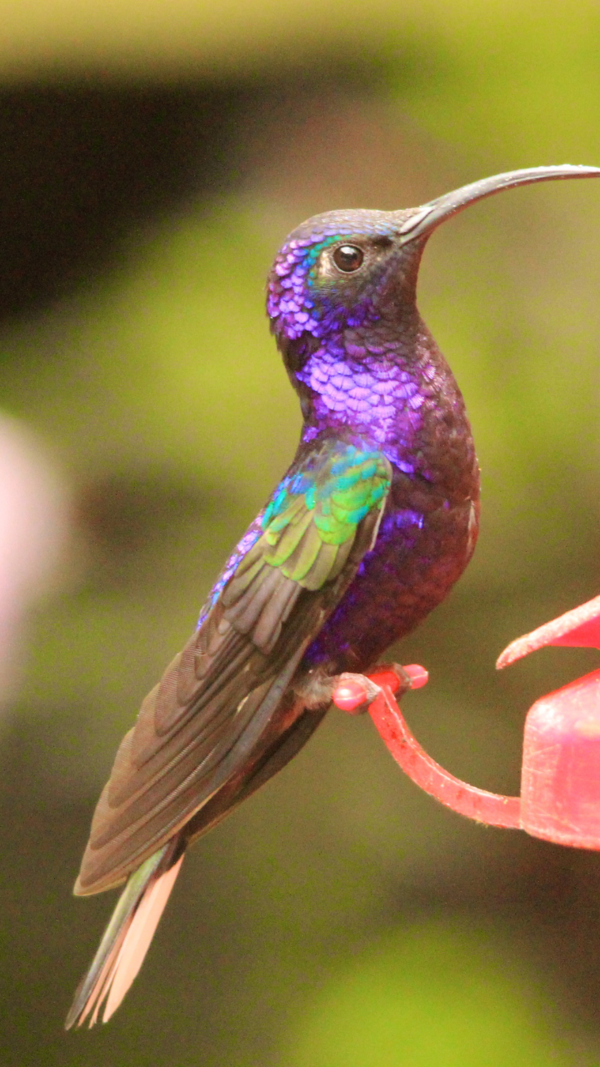Trending
10 Animals that respond early to an earthquake
Numerous anecdotal accounts suggest animals possess an uncanny ability to respond early to earthquakes before humans. Dogs, cows, elephants, cats, and even toads exhibit unusual behaviors prior to seismic events. Their heightened senses allow them to perceive subtle ground vibrations and environmental changes, potentially serving as natural early warning systems. Centipedes, snakes, rats, bees, and birds also display sensitivity to seismic activity.
Nature is a vibrant realm filled with various phenomena, some natural and others seemingly supernatural. One of the most fascinating phenomena, whose origin—whether natural or supernatural—is still unclear, is the ability of certain animals to detect earthquakes before humans can. This remarkable sensitivity to seismic events has intrigued scientists and researchers for years, with numerous anecdotal reports of animals behaving strangely or fleeing danger just moments before a disaster strikes. While the mechanisms behind this phenomenon are not fully understood, the idea that animals possess an innate ability to sense shifts in the Earth’s vibrations offers a unique glimpse into the mysteries of the natural world.
Animals that sense earthquakes before humans do
Dogs: The traditional cautioner

Cows: Nature’s silent alarms

Cows are known to exhibit unusual behaviour prior to earthquakes, a phenomenon widely recognized by farmers and rural communities. Their heightened sensitivity to environmental changes allows them to detect subtle ground vibrations and atmospheric shifts long before humans can. Farmers have reported instances where cows become restless, stop eating, or gather together in unusual formations hours before a tremor strikes These behavioural changes, though largely anecdotal, have been observed across different regions and time periods, suggesting that cows may serve as natural early warning systems in seismic zones.
Elephants: Giants with instinctive foresight

Elephants are believed to possess an extraordinary sensitivity to environmental cues, enabling them to detect earthquakes before they occur. With their large, padded feet, elephants can pick up low-frequency vibrations travelling through the ground, often imperceptible to humans. In one widely reported instance during the 2004 Indian Ocean tsunami, elephants in coastal areas broke free from their chains and moved inland, escaping the disaster that followed.
Cats: Quiet watchers with hidden instincts

Cats, often known for their aloof and independent nature, have long been observed displaying unusual behaviour before earthquakes. Their sharp senses—especially acute hearing and sensitivity to vibrations—enable them to detect subtle environmental changes that precede seismic activity. Pet owners and animal shelters have reported cats becoming agitated, hiding suddenly, or attempting to flee moments or even hours before a tremor occurs. Cats serve as silent sentinels in the face of impending natural disasters.
Toads: Unlikely earthquake sentinels

Though small and often overlooked, toads have shown an uncanny ability to detect seismic activity days before it occurs. In a notable 2009 study conducted in Italy, researchers observed a colony of common toads (Bufo bufo) abandoning their breeding site five days before a magnitude 6.3 earthquake struck L'Aquila. This sudden and unusual desertion—during peak mating season—caught scientists�?attention, as the toads did not return until after the aftershocks subsided. Such behaviour supports the idea that even amphibians, often tied to specific environments, can respond instinctively to geological shifts.
Centipedes: The earth's whisperers

Centipedes, along with other arthropods, are believed to have an exceptional ability to detect changes in their environment, including seismic activity like earthquakes. While the scientific evidence on this is not conclusive, numerous anecdotal reports suggest that centipedes, often behave erratically before earthquakes. certain species of centipedes appeared to leave their burrows and move to different areas hours or even days before a tremor occurred. These behaviours suggest that centipedes may possess an innate sensitivity to environmental changes linked to earthquakes.
Snakes: Masters of seismic sensitivity

Snakes are believed to have an acute ability to sense seismic waves, a skill that could help them detect earthquakes or other ground disturbances before they occur. With their highly sensitive vibration receptors, especially in their bellies and jaws, snakes can detect subtle shifts in the earth's vibrations that are often undetectable to humans. There have been reports of snakes exhibiting unusual behaviour, such as fleeing their dens or becoming agitated, hours or even days before significant seismic events.
Rats: The unseen seismic saviours

Rats, with their keen senses and heightened awareness of environmental changes, are believed to have the ability to detect seismic activity before it occurs. For example, during the 2009 L'Aquila earthquake in Italy, many residents reported seeing rats abandoning buildings and scurrying to open areas hours before the tremors were felt. Although research on rats�?ability to predict earthquakes is still limited, these behaviours suggest that they might have an instinct to sense disturbances in the earth, making them highly responsive to seismic waves.
Bees: Nature’s seismic alert system

Bees, known for their remarkable navigation skills and sensitivity to their surroundings, may also possess an unusual ability to detect seismic activity. These tiny creatures are highly attuned to vibrations in the environment, which they use to communicate and navigate. During the 2010 Haiti earthquake, reports surfaced of beekeepers noticing significant changes in their bees�?behaviour in the hours leading up to the disaster. Though the science is still in its early stages, these observations suggest that bees might be capable of detecting seismic waves, acting as a natural warning system before an earthquake hits.
Birds: Skyward seers of seismic shifts

Birds, with their exceptional vision and keen sensitivity to environmental changes, have long been suspected of having the ability to detect seismic activity before it occurs. Many bird species, including sparrows, pigeons, and swallows, are thought to be sensitive to subtle shifts in the earth's magnetic field and low-frequency vibrations. While the exact mechanisms remain unclear, these behaviours suggest that birds may possess an innate ability to sense seismic waves, potentially offering an early indication system to the natural world.
Also Read | King cobra vs White-Tailed Mongoose: Key characteristics on the basis of size, venom, speed and more
End of Article
FOLLOW US ON SOCIAL MEDIA
Visual Stories
Tired of too many ads?










